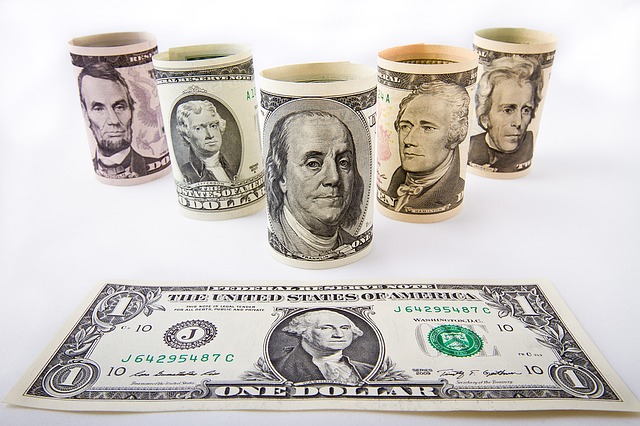What's Next For The Stock Market Presidential Cycle?

Presidential Cycles: What's Next?
by James Stack
We've reviewed the past 88 years and the stock market performance for the calendar year following the election to see if there is any correlation to party politics and change, explains Jim Stack, market historian money manager and editor of InvesTech Market Analyst.
Overall, the likelihood of a stock market gain in the first year after a Presidential Election has been a little more than 50% (12 out of 22 instances).
However, there appears to be a Wall Street preference for Democratic Presidents -- at least for the first year the administration is in office:
- When Democrats won the White House, the market was up 75% of the time.
- When Republicans won, only 30% of post-election years ended in positive territory.
- Moreover, when a Democrat followed a Republican into office, the market moved higher in the inaugural year 80% of the time (4 of 5 cases).
- However, when a Republican followed a Democrat, the market declined during the first year of the term in ALL four cases.
- While the average gain for these 22 post-election years is a modest 5.2%, strong moves in one direction or the other are frequent occurrences.
In fact, 77% of these years saw double-digit changes in the S&P 500 — nine with double-digit gains, and eight with double-digit losses.
Again, one might wonder if party politics and policies come into play as we take a deeper dive into the statistics:
- When the Presidency went to the Democrats, the average gain in the first year of the 4-year term was 11.9%.
- When a Republican won the race, the first year saw an average loss of -2.8%.
- If the White House transitioned from Republican to Democrat, the average gain was +17.8%.
- Conversely, if the Presidency changed from Democrat to Republican the market lost an average of -10.2%.
- The weak expansion and absence of inflation over the past seven years may have bought some time for this bull market and, for now, both macroeconomic and our technical indicators remain healthy.
This situation, however, could change in 2017 as the year progresses, as bear markets are twice as likely to start in the first two years of the Presidential Election cycle.
Our allocation of 84% is the highest in 24 months. The overall evidence supports our positive outlook.
Yet inherently, we still believe warning flags will reappear, and this bull market will peak at some point in 2017. For now, enjoy the ride. But as we often advise in an aging bull market, don’t get complacent.
Courtesy of moneyshow.com
